Last week I finally got to cleaning my stove after the burning season and had a few questions on how you guys clean your PH. First off I took the bottom of my T off and taped a plastic container to the bottom of it. Getting to the top of the chimney is pretty easy so I'm able to run a chimney brush from the top down. I ran it up and down twice. The taped plastic container did a wonderful job of catching the creosote. Then I started cleaning the stove. I took all the ash out of the stove, cleaned the glass, then took the CAT out and cleaned that. I tried using my shop van to clean behind the CAT but it wouldn't fit. I did the best with the smallest nozzle I could find but it still is a mess back there, full of fly ash. Next I also noticed there was some creosote in the horizontal run of the T itself. I undid the plastic container and went at it with a dust pan brush. Of course this led to a mess with creosote everywhere. Also I was still unhappy with how clean the T was after using the dust pan brush so I tried to duct tape some paper towels to a section of the chimney sweeping brush. I fed that through the stove and tried to clean the T that way. Both ways proved to make a massive mess. Not that I'm anti mess but I'm always looking for better more efficient ways to do things.
My questions for you guys are:
1) How clean do you guys aim to get your chimney?
2) How do you clean your T?
3) How do you clean behind the CAT of the PH?
Thanks to all and hope you all enjoy your Independence Day.
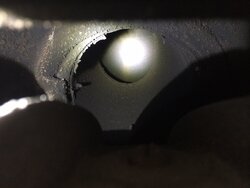
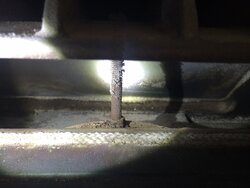
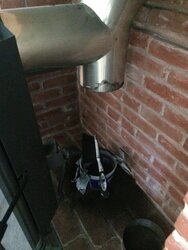
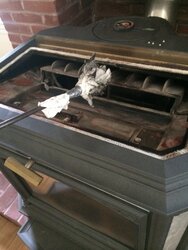
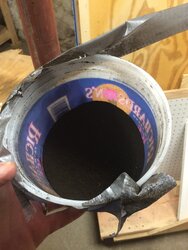
My questions for you guys are:
1) How clean do you guys aim to get your chimney?
2) How do you clean your T?
3) How do you clean behind the CAT of the PH?
Thanks to all and hope you all enjoy your Independence Day.






